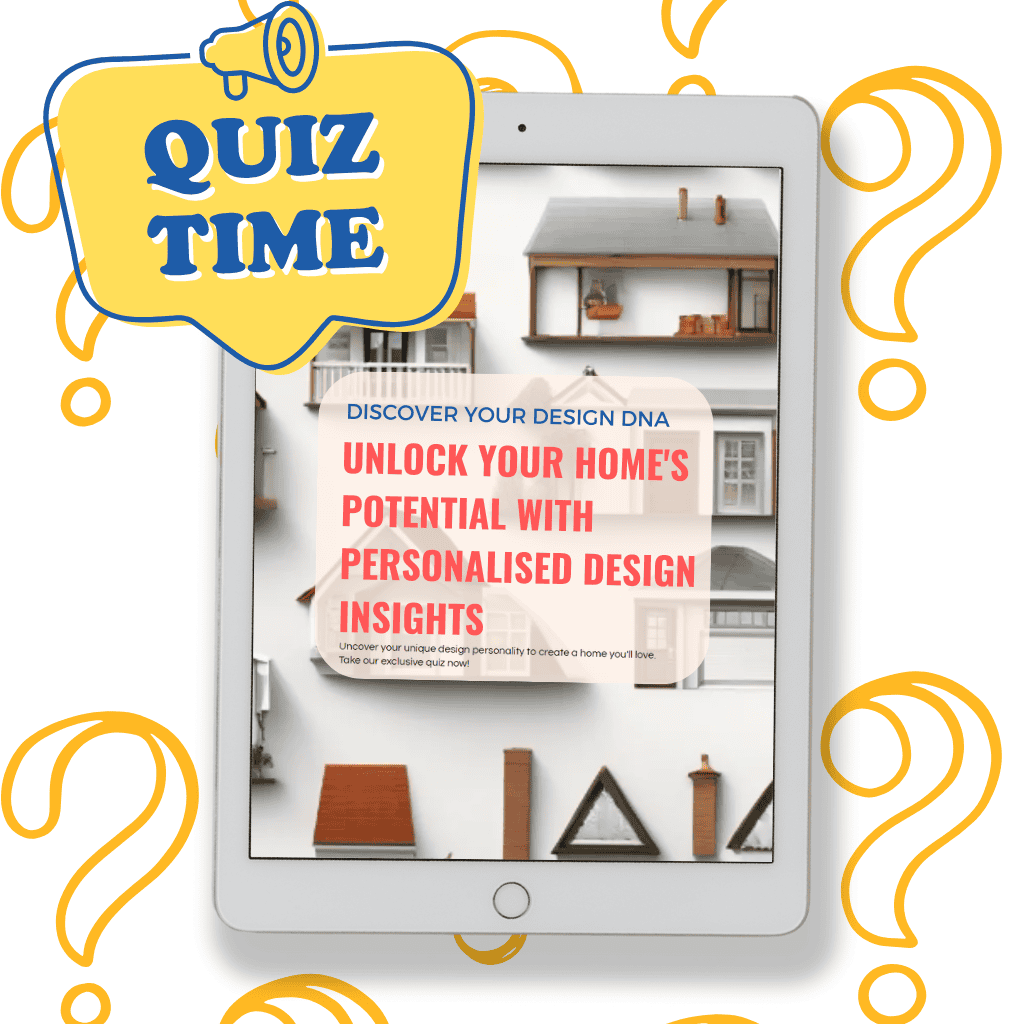Kristina
The Impact of Colour on Interior Design
One of the essential roles of architecture and interior design is to provide an environment that sustains and nourishes your psychological well-being.
This role is made even more important because, in modern society, more than seventy per cent of your lifespan is spent inside your home. [1].
Interior design represents a considerably important factor that affects the users of the space (you and your significant other in your home), both in functional aesthetic and psychological terms.
Colours are an integral part of the world we live in and their impact on the human perception of the environment is irrefutable. Also, they are one of the most important elements of an interior, so they represent a key factor in the formation of a suitable space for living and working. (35% of employees in the USA now work from home full-time. Another 23% can work from home from 1 to 4 days a week. [2])
Numerous pieces of research have proved that colours have an intensive psychological and effect on people, for which reason it is important to know how different colours specifically affect you as the user of that particular space.
It is similar to the way how cheerful a person feels when it is sunny; and also how unhappy a person feels on a rainy day. Colour has the energy to influence both emotions and cognitive processes [3].
Experience, memories, and cultural differences influence your colour perception, i.e. the same colour can significantly affect different people all at once.
When designing an interior space, it is necessary to have experience in working with colours. An architect or interior designer must understand the impact of colours, and psychological effects caused by certain colours in people, and so must know where it can be implemented to obtain a combination appropriate for each situation and know the occupants' unique design personality.
If there are two adults using a shared space (e.g. bedroom, lounge, living room, kitchen etc), then the creative professional needs to blend the design personalities together into primary and secondary palettes.
Combining colours and using them in an interior can result in a positive or negative impact on a viewer. A space can exude comfort and serenity, while on the other hand, colours can cause feelings of annoyance and discomfort.
They are a very powerful tool in interior design, so they can create various illusions in space; a small room may appear larger or smaller if an inappropriate choice of colour is made. When architecture itself does not permit changes and flexibility, one of the most important solutions is colours.
Due to the previous assertions, research shows that the colours you choose for your home can have a big impact on your mood, productivity, and overall well-being.
Warm colours like red, orange, and yellow can create a stimulating and energetic atmosphere, while cool colours like blue and green can be more calming and relaxing.
When choosing colours for your home, it's important to consider the purpose of the space and the effect you want to create. For example, you might want to use bright colours in a child's room to promote creativity and playfulness or use more muted colours in a bedroom to create a relaxing and restful environment.
Here are some of the most common colours used in interior design and their effects:

Red is a stimulating colour that can increase energy and excitement.
It's a good choice for areas where you want to create a sense of activity, such as a kitchen or living room.
Green is a calming and relaxing colour that can promote rest and rejuvenation.
It's a good choice for bedrooms, bathrooms, or any space where you want to create a peaceful atmosphere.


Yellow is a happy and sunny colour that can brighten up a space.But is a terrible colour as text writing!
It's a good choice for small rooms or areas that lack natural light.
Blue is a cool and calming colour that can promote relaxation and focus.
It's a good choice for bedrooms, offices, or any space where you want to create a serene environment.


Purple is a sophisticated and mysterious colour that can promote creativity and spirituality.
It's a good choice for bedrooms, meditation rooms, or any space where you want to create a calming and relaxing atmosphere.
HOWEVER – the chance that you love these particular shades of the colours I have chosen above is very remote.
There are over 10 million different colour variants that you can physically see – and over ~18 decillion colours in total!!
The effects of colour vary depending on you as a unique individual the context you see them in and who you are with. For example, what one person finds calming, another person might find stimulating.
Ultimately, the best way to choose colours for your home is to do some experiments and exercises to see what works uniquely for you. Click here to see what is involved in learning your unique colour palette, but everything else involved in knowing your design personality.
Here are some additional tips for using colour in interior design:
- Use a variety of colours to create interest and visual appeal.
- Don't be afraid to use bold colours, but be sure to balance them with more neutral colours that all match your design personality.
- Consider the natural light in the room when choosing colours. Lighter colours will make a room feel larger and brighter, while darker colours will make a room feel smaller and cozier.
- Use colour to create a mood or atmosphere. For example, you might use warm colours to create a cozy and inviting atmosphere, or cool colours to create a calm and relaxing atmosphere.
Ultimately, you need to know your unique design personality before choosing colours, thinking about design choices, or even choosing your design professional (or buying stuff if you are DIY!)
Got questions? Please ask for guidance, or read these FAQs.









